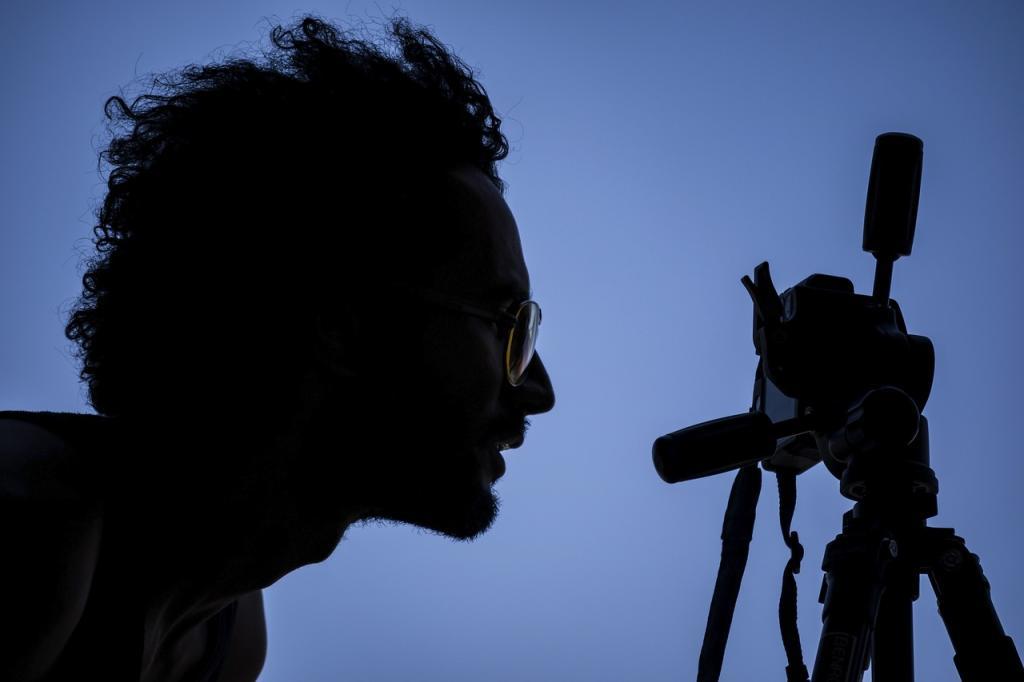
Respecting Local Culture and Customs
One of the most essential aspects of responsible travel photography is being respectful of the local culture and customs. Here are a few tips to keep in mind:
- Do your research: Before you set off on your journey, for example an African safari, take some time to learn about the local customs, traditions, and etiquette. This will help you avoid accidentally offending someone or intruding on a private moment.
- Ask permission: When photographing people, always ask for their permission first. It’s not only polite but also shows respect for their privacy and dignity.
- Be aware of cultural sensitivities: Certain sites, such as religious buildings or sacred spaces, may have specific photography guidelines. Always adhere to these rules and be mindful of any cultural sensitivities.
Protecting the Environment and Wildlife
Capturing stunning images of nature and wildlife can be a highlight of any trip, but it’s crucial to do so in a responsible manner. Here are some tips for ensuring your photography has a minimal impact on the environment and its inhabitants:
- Keep your distance: When photographing wildlife, maintain a safe and respectful distance to avoid disturbing the animals or disrupting their natural behaviour.
- Stay on designated paths: Stick to established trails and avoid venturing off the beaten path, as this can damage fragile ecosystems and habitats.
- Never feed or bait wildlife: Feeding or baiting animals for the sake of a photo can have negative consequences on their health, behaviour, and safety. Observe and photograph wildlife in their natural state without interfering.
Ethical Use of Drones for Travel Photography
Drones have revolutionised travel photography, allowing for stunning aerial shots that were once impossible to achieve. However, it’s important to use drones responsibly and ethically:
- Know the local regulations: Before flying your drone, familiarise yourself with the local rules and regulations. Some areas may have restrictions or require permits for drone use.
- Respect privacy: Be mindful of people’s privacy when flying your drone, especially in residential or crowded areas.
- Avoid sensitive areas: Stay away from sensitive sites, such as wildlife reserves or protected areas, where drone use may disturb the environment or its inhabitants.
Responsible Editing and Sharing of Your Travel Photos
After capturing your images, it’s essential to consider how you edit and share them in a responsible manner:
- Be honest in your editing: While it’s tempting to heavily edit your photos for maximum impact, strive for authenticity in your images. Avoid manipulating your photos in a way that misrepresents the location or the people you encountered.
- Think before you share: Before posting your travel photos on social media, consider the potential impact they may have on the environment, wildlife, or local communities. Be mindful of sharing images that could lead to overcrowding or over-tourism at a particular destination.
- Give credit where it’s due: If your photo features local people, artisans, or guides, acknowledge their contributions in your captions or descriptions. This not only shows respect but also helps support local communities.
Grown-up Travel Guide’s Recommended Photography Gear
At the Grown-up Travel Guide, we understand the importance of having the right gear for capturing stunning and responsible travel photos. Here are some of our top recommendations for travel photography equipment:
- Compact travel camera: A high-quality compact camera is a must-have for any responsible photographer, as it allows you to capture great images without the bulk and weight of a DSLR.
- Lightweight tripod: A portable tripod is an invaluable tool for capturing steady shots, long exposures and night photography, all without disturbing the environment or wildlife.
- Versatile zoom lens: Investing in a good quality zoom lens will allow you to capture a range of subjects, from sweeping landscapes to close-up wildlife shots, without the need for multiple lenses.
- Extra batteries and memory cards: To ensure you’re always ready to capture that perfect shot, pack extra batteries and memory cards. This way, you won’t be caught off guard when your camera runs out of power or storage space.
- Camera bag with rain cover: Protect your gear from the elements with a durable camera bag that includes a rain cover. This will keep your equipment safe and secure during your adventures, no matter the weather.
By following these tips and techniques, you can practise responsible travel photography and create stunning images that not only showcase the beauty of the world but also respect the people, wildlife, and environments you encounter. With a little thought and consideration, you can capture and share your travel memories in a way that promotes sustainability, supports local communities, and leaves a positive impact on the places you visit.


